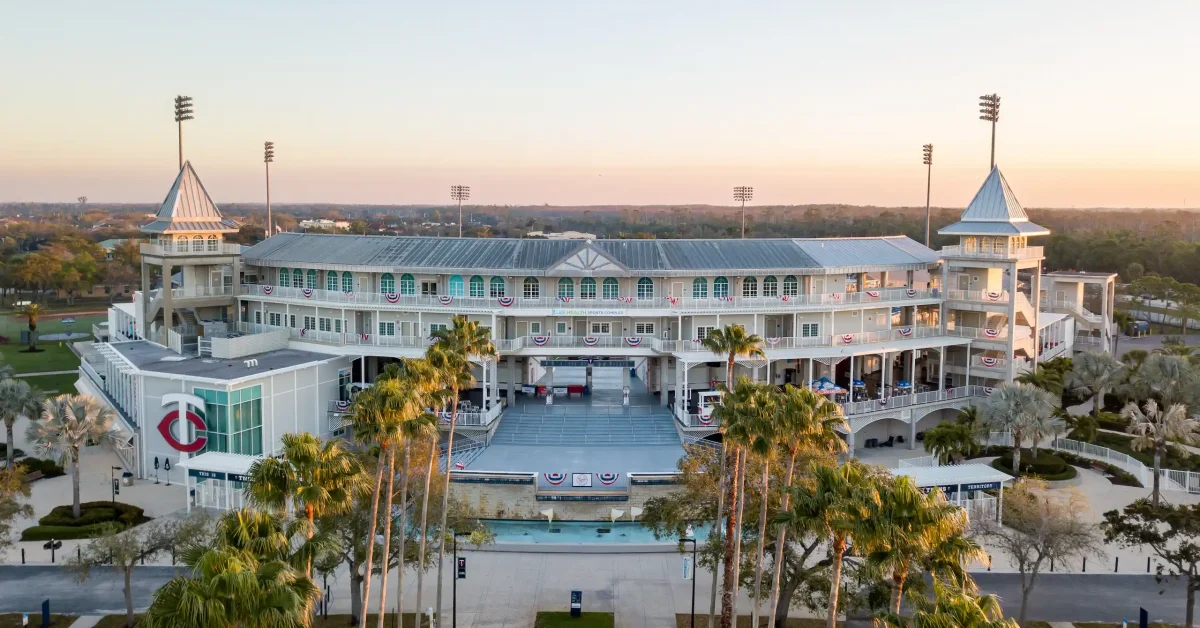When the Minnesota Twins, Boston Red Sox and Tampa Bay Rays report to work mid-February, they begin six weeks of practices and Grapefruit League games, honing their skills and preparing for Major League Baseball’s regular season. As the 2025 season nears, so does the 100th anniversary of Southwest Florida’s spring training tradition.
The exhibition games, which quickly began boosting the surrounding area’s retail and restaurant businesses, started in 1925. That economic engine since has grown, as has the area surrounding the baseball parks.
In Lee County alone, spring training travelers spend about $69 million per year while visiting, according to a 2018 report by research firm DPA, which is the most recent research conducted for the county. Adjusted for inflation, that amount could be closer to $87 million in today’s dollars. It breaks down to about $15.2 million spent in the ballpark and about $71.4 million spent at area shops and restaurants.
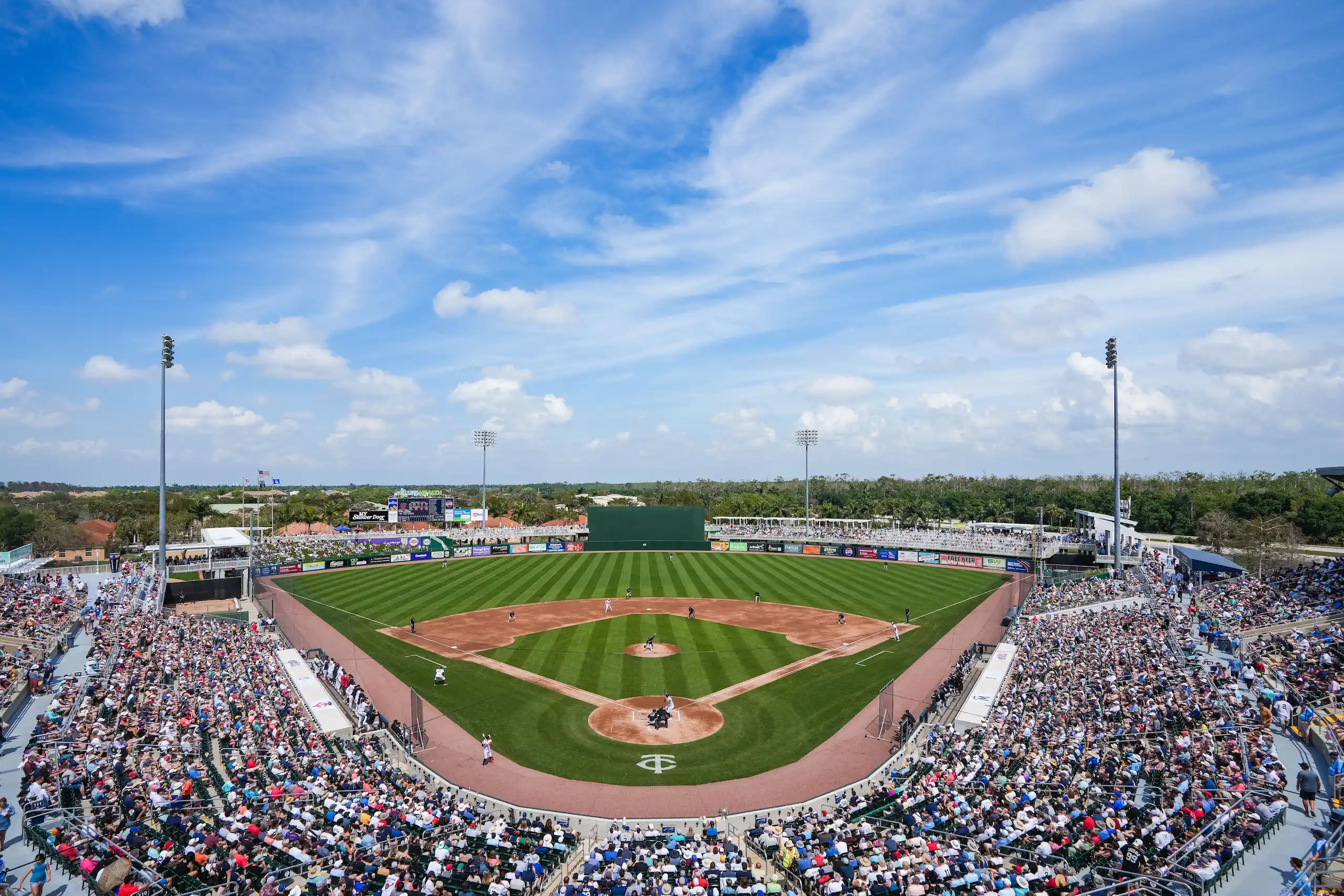 Back in 1925 at Terry Park, tickets cost about a buck. Since then, millions of fans have gathered to witness hundreds of games. Last year, Lee County drew a combined 245,000 fans for Red Sox and Twins games; the Rays drew 52,265 fans to Charlotte Sports Park in Port Charlotte. Tickets no longer start at a dollar, though; they range from $15 to $47 at Twins games, for example, and the range depends on the ballpark and seat location.
Back in 1925 at Terry Park, tickets cost about a buck. Since then, millions of fans have gathered to witness hundreds of games. Last year, Lee County drew a combined 245,000 fans for Red Sox and Twins games; the Rays drew 52,265 fans to Charlotte Sports Park in Port Charlotte. Tickets no longer start at a dollar, though; they range from $15 to $47 at Twins games, for example, and the range depends on the ballpark and seat location.
Games have been played at five different ballparks involving eight different home teams over the past 100 years: The Rangers and Rays in Port Charlotte, the Red Sox at City of Palms Park and JetBlue Park, the Twins at Hammond Stadium and the Athletics, Indians, Pirates and Royals at Terry Park, where the region’s enterprise of spring training started.
It started during the Roaring ’20s, with wining and dining between Fort Myers pharmacist R.Q. Richards and Philadelphia Athletics manager Connie Mack. They negotiated the team’s trendsetting arrival, setting the stage for what has evolved into a considerable boon for the region.
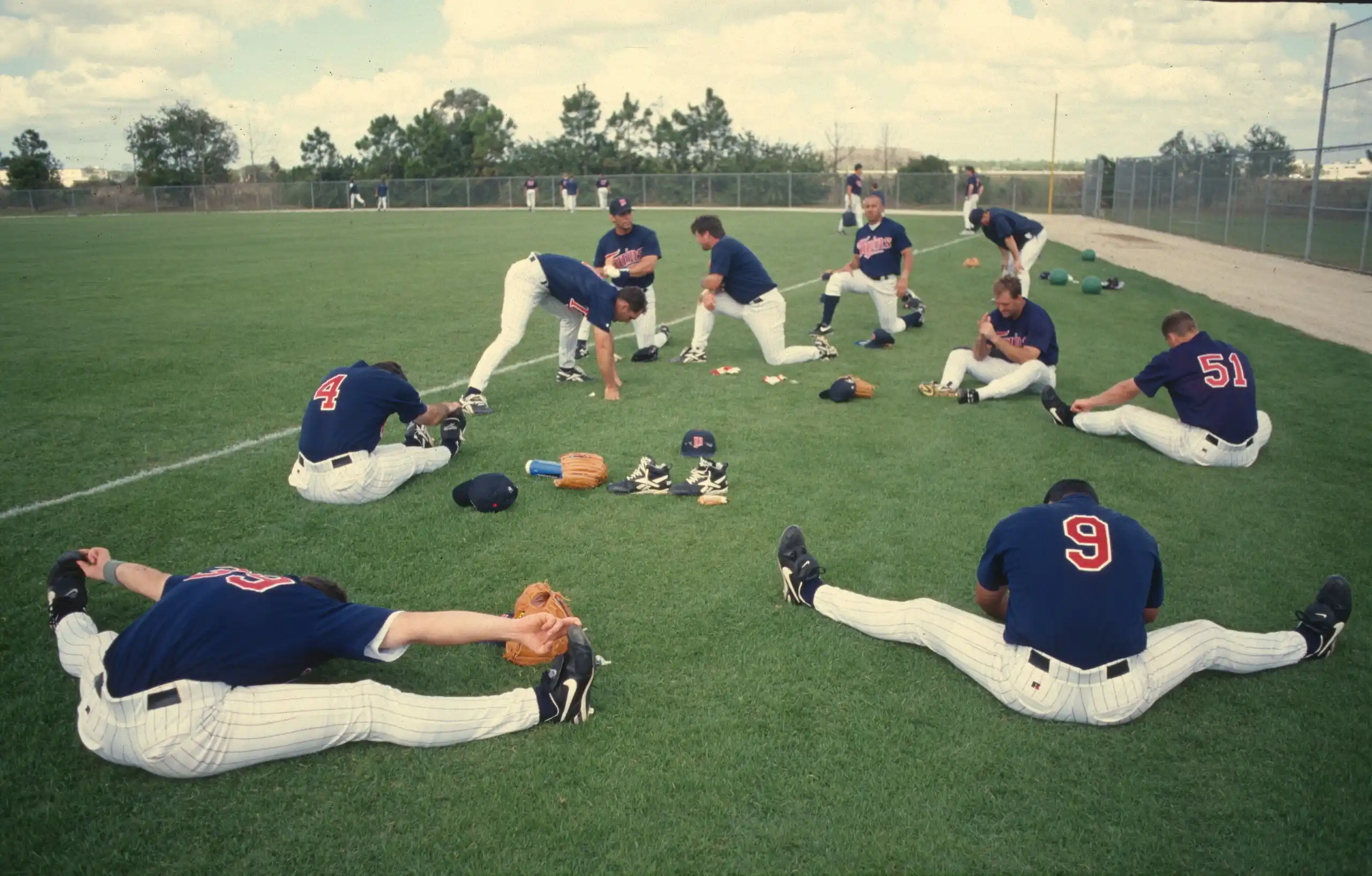 Richards convinced Mack to bring his team to Terry Park, just east of downtown Fort Myers. The Athletics played on land donated to the city of Fort Myers in 1921 by Fort Myers socialite Tootie McGregor, for whom McGregor Boulevard is named. But for spring training to blossom, it needed a team, and Mack gave Fort Myers its first.
Richards convinced Mack to bring his team to Terry Park, just east of downtown Fort Myers. The Athletics played on land donated to the city of Fort Myers in 1921 by Fort Myers socialite Tootie McGregor, for whom McGregor Boulevard is named. But for spring training to blossom, it needed a team, and Mack gave Fort Myers its first.
“He understood the significance of the business aspects of Major League Baseball,” Connie Mack III, the former U.S. Senator, says of his grandfather. “He was engaged in almost every aspect of the development of the game — just thinking about the decisions he had to make over the years that were business-related. He clearly understood and was engaged in the business aspects of the game.”
The business aspects of the game have only grown over the past century.
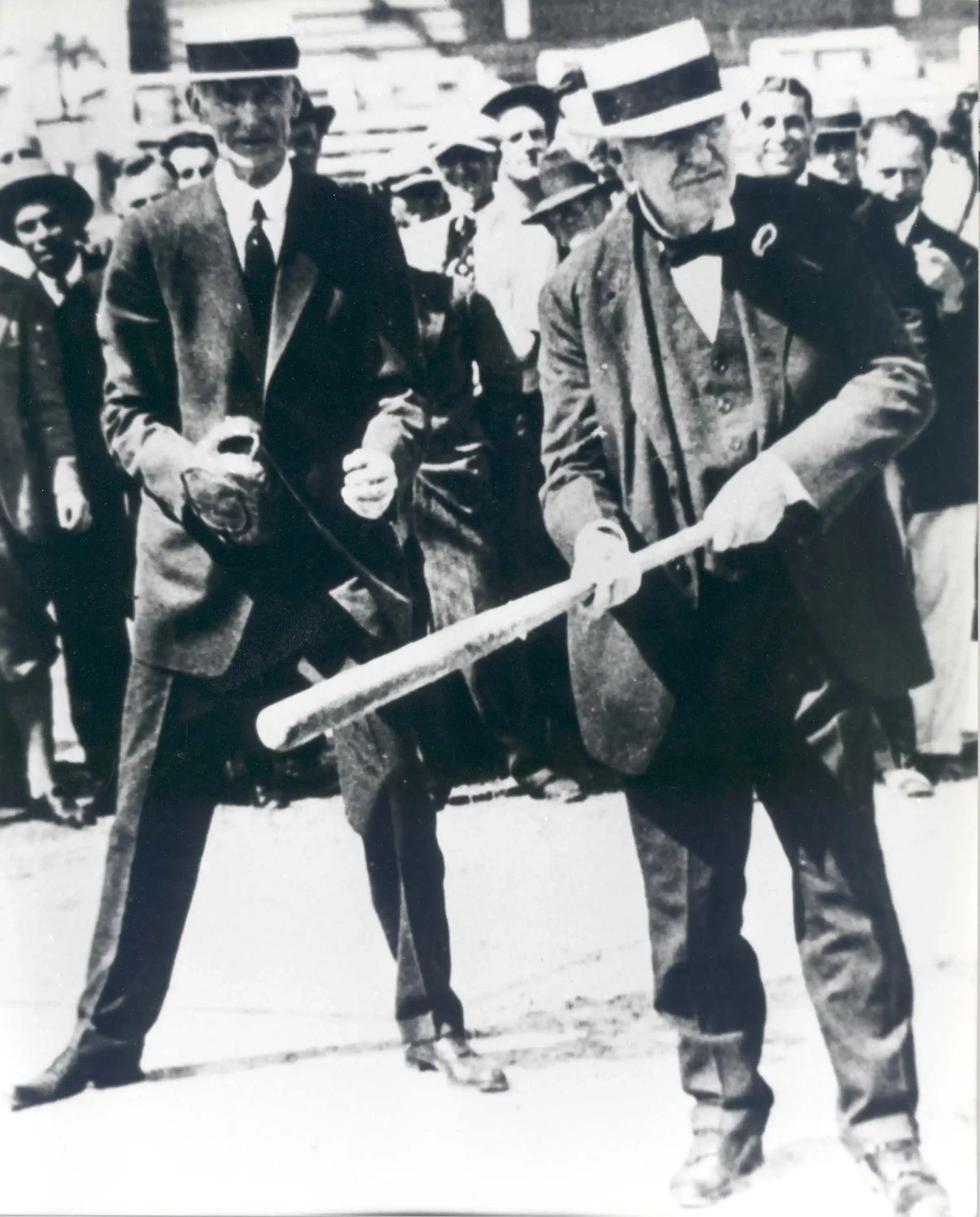 The bulk of spring training visitor spending goes toward accommodations ($18.4 million), dining ($14.4 million) and shopping ($9.3 million), according to the 2018 study. It shows spring training visitors tend to stay four to six nights in town, and that they’re here for more than just baseball. But the baseball matters.
The bulk of spring training visitor spending goes toward accommodations ($18.4 million), dining ($14.4 million) and shopping ($9.3 million), according to the 2018 study. It shows spring training visitors tend to stay four to six nights in town, and that they’re here for more than just baseball. But the baseball matters.
“Who wants spring without baseball?” says Mack, who prior to national politics played a role in developing Cape Coral. “I would never have come to Fort Myers had the team never come here in the ’20s for spring training. I’m glad my grandpa made that decision.”
So is Ron Gardenhire. “Gardy,” as everyone who knows him calls him, presided over 13 spring trainings at Hammond Stadium as manager of the Minnesota Twins, plus 11 more seasons as an assistant coach. Similar to Mack before him, the presence of his team in town lured Gardenhire back; he and his wife own a winter home on Fort Myers Beach.
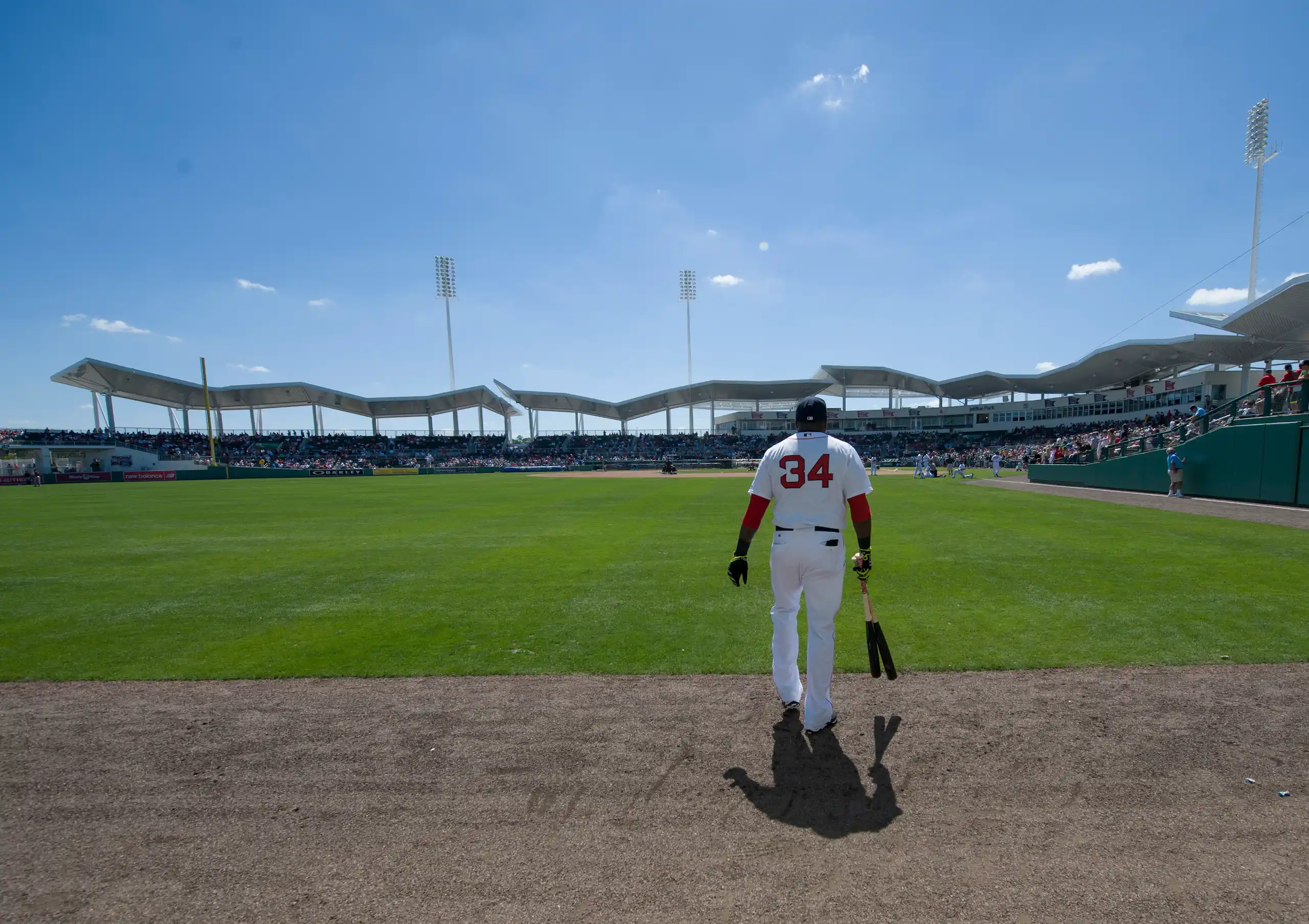 “This organization has been blessed with a lot of really good players,” Gardenhire says of the Twins. “And people. When you come to spring training, and you watch all these people spending time down here and being in the sun — you see how much these fans love baseball. And they love the Minnesota Twins. I got to share in it. I got to be part of it, which is really cool. I could go on and on about it, because it was so much fun.”
“This organization has been blessed with a lot of really good players,” Gardenhire says of the Twins. “And people. When you come to spring training, and you watch all these people spending time down here and being in the sun — you see how much these fans love baseball. And they love the Minnesota Twins. I got to share in it. I got to be part of it, which is really cool. I could go on and on about it, because it was so much fun.”
Woody Hanson also has had a lot of fun at spring training games over the years. In the 1960s and ’70s, he worked as a bat boy for the Pirates and Royals at Terry Park.
“My memory really kicks in in ’67 and ’68,” says Hanson, who grew up to become a property appraiser. “I got more responsibilities. We’d get fly balls, and they’d give us broken bats.”
Hanson even had one-on-one interactions with future Hall of Fame outfielder Roberto Clemente.
“My dad would drop me off at the ballpark,” Hanson says. “I’d be there with Clemente early. It’s in those quiet moments in the morning that he would want to talk to you. He always wanted to know about my school and how my schooling was going. I was a young boy, and he showed that he cared.”
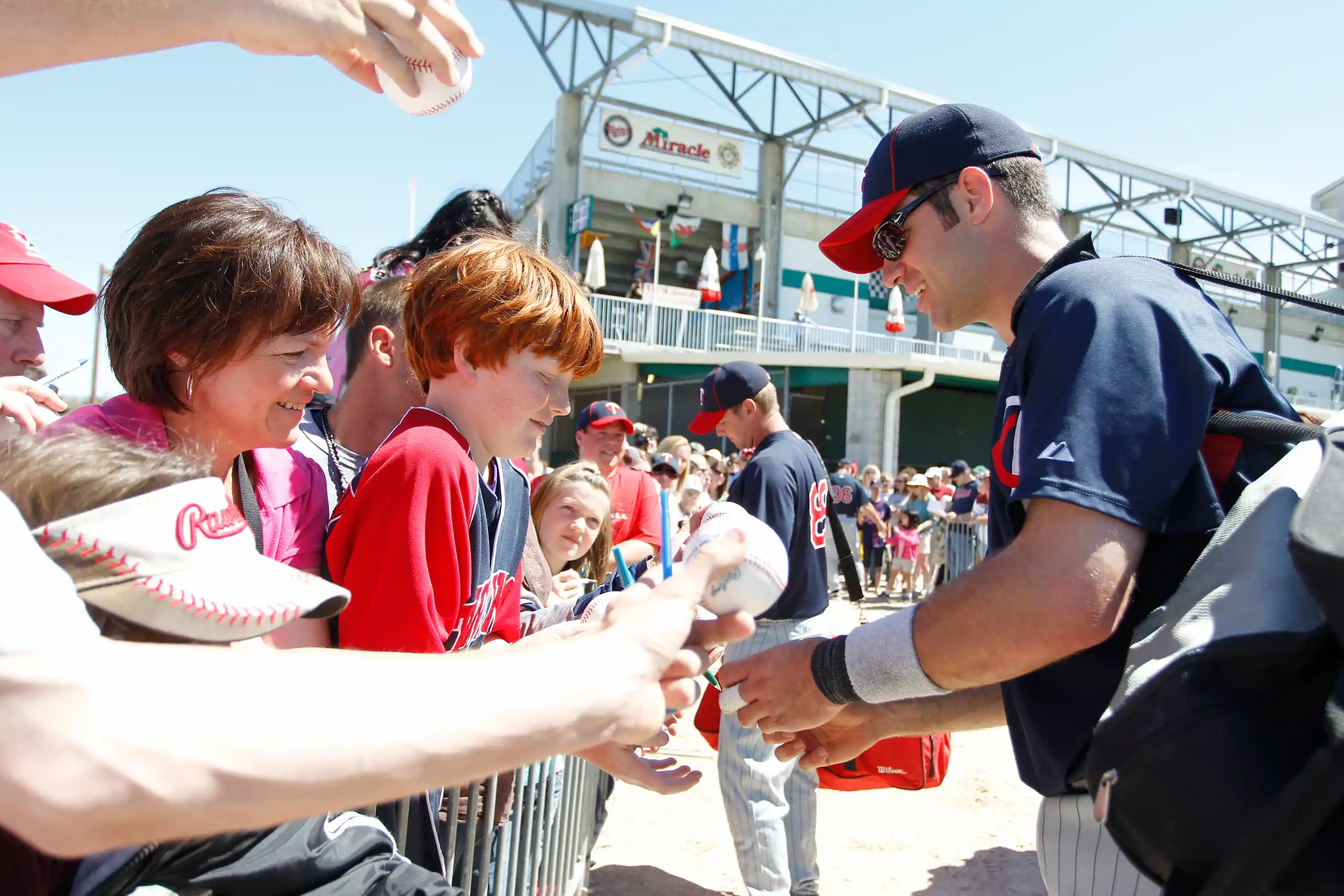 Clemente was but one of many future Hall of Fame players who roamed the fields of Southwest Florida. Mack, Babe Ruth, Al Simmons, Lefty Grove, Jimmie Foxx, Mickey Cochran and Ty Cobb were just some of the big names who participated in spring games at Terry Park in the 1920s and ’30s.
Clemente was but one of many future Hall of Fame players who roamed the fields of Southwest Florida. Mack, Babe Ruth, Al Simmons, Lefty Grove, Jimmie Foxx, Mickey Cochran and Ty Cobb were just some of the big names who participated in spring games at Terry Park in the 1920s and ’30s.
Bob Feller pitched in some for the Cleveland Indians in 1941. George Brett of the Kansas City Royals called Terry Park home from 1975 through 1987. Paul Molitor played for the Twins at Hammond Stadium in 1996-98. Gardenhire coached Molitor and Kirby Puckett and later managed catcher Joe Mauer.
“He’s the easiest guy I’ve ever had to manage,” Gardenhire says of Mauer.
David Ortiz, cut by the Twins after the 2002 season, signed with the Red Sox in 2003 and then became a Boston legend. “Big Papi” helped the team break an 86-year World Series winless streak in 2004 and then led the Red Sox to two more titles in 2007 and 2013. Boston won another title in 2018, following Ortiz’s retirement.
“I think one of the strongest things he did for our ballclub, other than hit home runs, was coming to the ballpark with a smile on his face every day,” Gardenhire says. “That’s hard to find.”
Behind the scenes, the Fort Myers business community and elected officials were in constant motion, working to bring teams to the area — and then try to keep them here.
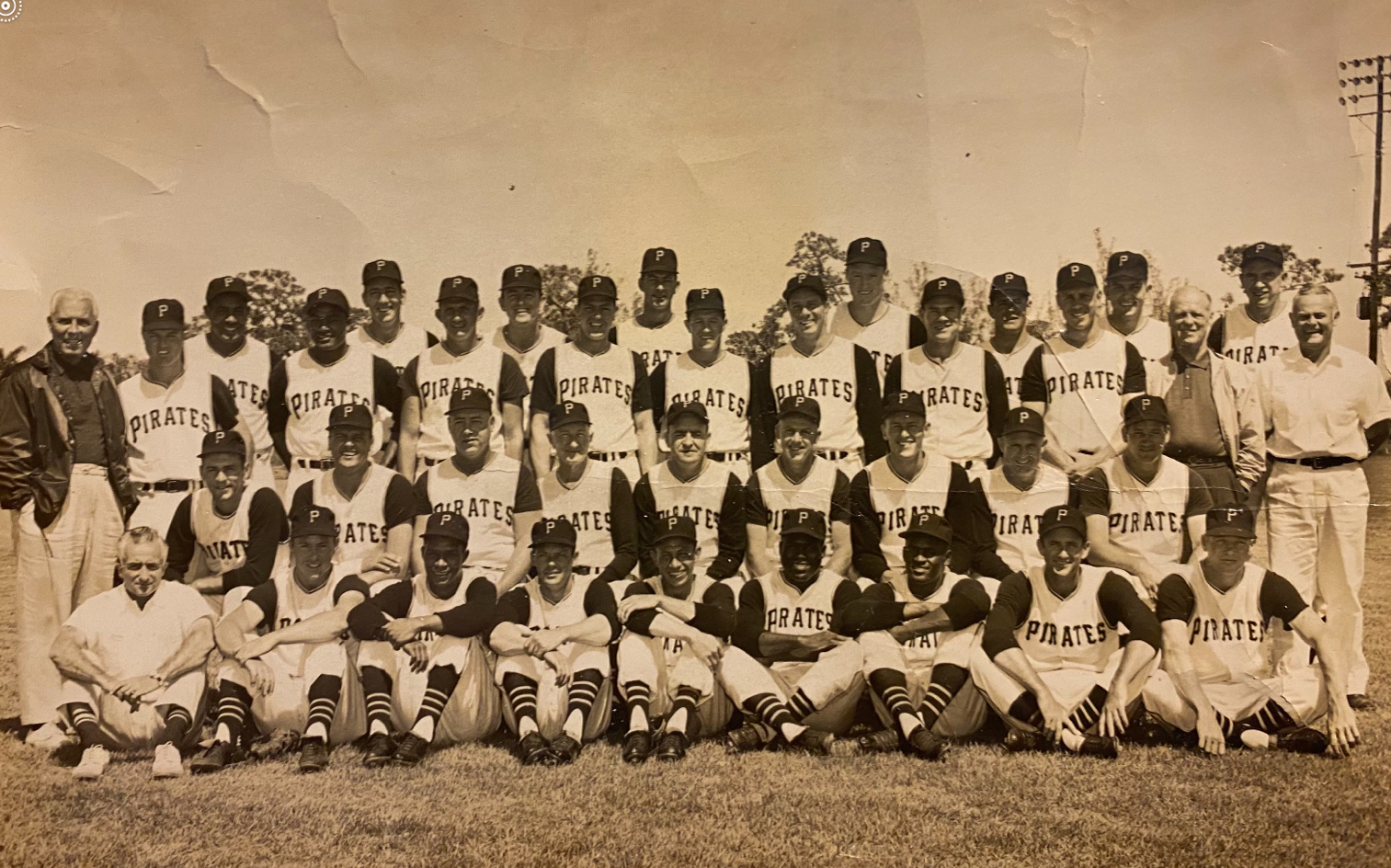 Over the years, bidding wars, World War II and more competition from cities elsewhere in Florida and Arizona created a domino effect of teams coming and going for better deals, which led to a trend of modernizing spring training facilities with public financing. That trend has been paused for the foreseeable future, as the Red Sox and Twins are each in long-term leases with Lee County, ensuring that spring training traditions will carry onward.
Over the years, bidding wars, World War II and more competition from cities elsewhere in Florida and Arizona created a domino effect of teams coming and going for better deals, which led to a trend of modernizing spring training facilities with public financing. That trend has been paused for the foreseeable future, as the Red Sox and Twins are each in long-term leases with Lee County, ensuring that spring training traditions will carry onward.
Fort Myers native Tommy Watkins grew up watching games and later played in dozens of them before becoming the third-base coach of the Minnesota Twins. Now he coaches in them.
“I don’t remember going to a lot of games when I was younger,” Watkins says. However, he knows how the traditions all began, a full century ago. “But I do remember playing at Terry Park a lot. Growing up as a kid, you wanted to play at Terry Park because of who played there.
“I think spring training is extremely important. It brings a lot of people down there. It makes the area better.”



